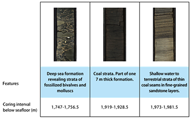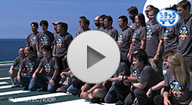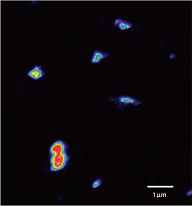
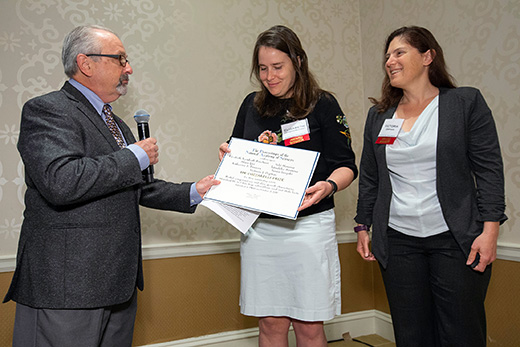
The lead author Elizabeth Trembath-Reichert (middle) and a co-author Victoria Orphan (right) in the reception.
Publication:
Methyl-compound use and slow growth characterize microbial life in 2-km-deep subseafloor coal and shale beds
PNAS October 31, 2017. 114 (44) E9206-E9215; https://doi.org/10.1073/pnas.1707525114
Author:
Elizabeth Trembath-Reichert, Yuki Morono, Akira Ijiri, Tatsuhiko Hoshino, Katherine S. Dawson, Fumio Inagaki, and Victoria J. Orphan.


An international team of scientists led by Dr. Fumio Inagaki, Japan Agency for Marine-Earth Science and Technology (JAMSTEC: Asahiko Taira, President) and Prof. Kai-Uwe Hinrichs, Center for Marine Environmental Sciences (MARUM) at the University of Bremen, Germany, have explored microbial life that populates what appears to be the lower boundary of the deep sedimentary biosphere. In the current issue of Science, they provide proof that a microbial ecosystem exists nearly 2.5 kilometers below the seafloor, which produces methane from tens of million-year-old coalbeds.
The ocean’s seabed harbors one of the Earth’s largest ecosystems: the deep sub-seafloor biosphere. Microorganisms living here – bacteria and archaea – comprise at least as much biomass as all life in the overlying ocean. However, the lower boundary of this vast ecosystem has barely been documented so far. Earlier scientific ocean drilling expeditions have demonstrated the existence of microbial life down to a subseafloor depth of 1,922 meters. In order to explore the existence of life at even greater depths and to shed light on the limits of the deep biosphere, an international team of scientists undertook an expedition to the West Pacific Ocean onboard the Japanese deep-sea drilling vessel Chikyu in 2012.
Off the Japanese coast, co-chief scientists Fumio Inagaki and Kai-Uwe Hinrichs and a team of international colleagues recovered samples from down to 2,466 meters below the seafloor – a new world-record in scientific ocean drilling. “We found cells in the bottom kilometer of the borehole. However, there were much fewer cells than we had expected based on extrapolations of observations from shallower boreholes around ocean margins.” Inagaki says. “These low concentrations suggest that we may have gotten close to the lower boundary of this particular sub-seafloor ecosystem. Despite this scarcity of cells, we have compelling evidence that microbes turn coal into methane at around two kilometers below seafloor”, Hinrichs adds.
This specialized microbial community lives in coal-bearing layers at temperatures around 40 to 60°C. The up to seven meter thick coalbeds formed about 20 millions years ago, when large quantities of terrestrial plant-derived organic matter were buried close to the shoreline. The resulting coastal sediments subsequently subsided due to tectonic processes, and then transformed into and buried within deep-sea sediments.
“Our analyses show that the microbial communities in the deep coal-bearing layers differ strongly from those found in the shallower sub-seafloor that typically harbors marine sediments”, Inagaki states and adds: “They rather resemble communities typically found in forest soils, which makes sense given that the substrates for coal formation originated in forest-like environments“. This suggests that some community members now buried at about two kilometers below the seafloor are remnants from communities that inhabited shallow coastal soils millions of years ago. “This finding raises the possibility that the initial community deposited with shallow sediments may be a more important factor in controlling the taxonomic composition of the deep subseafloor biosphere than the geochemical conditions in the sediment”, Hinrichs comments.
The fact that the deep biosphere has remained so enigmatic and full of unsolved research questions is partly due to the difficulty of obtaining pristine sub-seafloor samples for microbiological and biogeochemical research. It remains a major technological and scientific challenge to recover high-quality samples from these enormous depths. The samples examined for the Science study were taken in 2012 during Expedition 337 of the Integrated Ocean Drilling Program (today: International Ocean Discovery Program; IODP) with the Chikyu, the largest and most modern research vessel worldwide, 80 km off the coast of the Shimokita Peninsula, Japan.
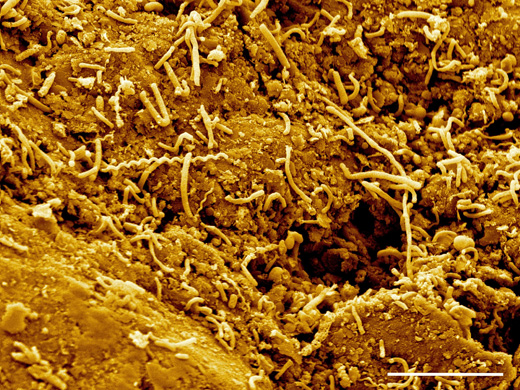
Deep subseafloor life.
Using the riser-drilling vessel Chikyu, the Integrated Ocean Drilling Program (IODP) Expedition 337 explored microbial life and hydrocarbon system associated with coalbeds down to 2466 meters below the ocean floor. This photo of scanning electron microscopy shows a methanogenic community enriched from ~2km-deep coal-bed samples using a continuous flow bioreactor, which produced methane with powdered coals as the energy source.
Bar: 5 µm.
Photo: Hiroyuki Imachi, JAMSTEC.
Publication:
Exploring deep microbial life in coal-bearing sediment down to ~2.5 km below the ocean floor
Science magazine, July 24th 2015, doi:10.1126/science.aaa6882
Author:
Fumio Inagaki, Kai-Uwe Hinrichs, Yusuke Kubo, Marshall W. Bowles, Verena B. Heuer, Wei-Li Hong, Tatsuhiko Hoshino, Akira Ijiri, Hiroyuki Imachi, Motoo Ito, Masanori Kaneko, Mark Alexander Lever, Yu-Shih Lin, Barbara A. Methé, Sumito Morita, Yuki Morono, Wataru Tanikawa, Monika Bihan, Stephen A. Bowden, Marcus Elvert, Clemens Glombitza, Doris Gross, Guy J. Harrington, Tomoyuki Hori, Kelvin Li, David Limmer, Chang-Hong Liu, Masafumi Murayama, Naohiko Ohkouchi, Shuhei Ono, Young-Soo Park, Stephen C. Phillips, Xavier Prieto-Mollar, Marcella Purkey, Natascha Riedinger, Yoshinori Sanada, Justine Sauvage, Glen Snyder, Rita Susilawati, Yoshinori Takano, Eiji Tasumi, Takeshi Terada, Hitoshi Tomaru, Elizabeth Trembath-Reichert, David T. Wang, and Yasuhiro Yamada.


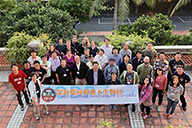
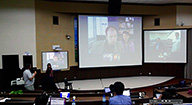
Following the post expedition meeting, international symposium "Frontiers in Marine Geology - Deep Life and Deep Carbon" was held to share our knowledge of deep life and deep carbon, and discuss how it can be systematically explored and understood through the future scientific drilling.
>>More

Deep Coalbed Biosphere off Shimokita
Microbial processes and hydrocarbon system
>>Published (2013.9.30)

Deep Coalbed Biosphere off Shimokita
Microbial processes and hydrocarbon system
The Digital Object Identifier (DOI) for the report is doi:10.2204/iodp.pr.337.2012
The data and core samples obtained during this expedition will be disclosed a year after the end of the expedition.
>>Chikyu Data Center


We will carry out cutting-edge research merging earth and life sciences to assess the activity of underground microorganisms involved in producing methane hydrates and natural gas originating in coal beds under the deep sea floor. This will include analyzing microbial DNA and microbial culture experiments to investigate their metabolic function and evolutionary processes.
Detailed research results from this expedition will be published in international journals.


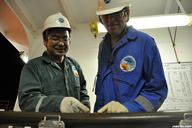
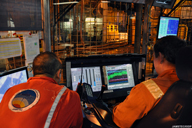


The sediment sample was obtained by the shakedown expedition of deep sea drilling vessel Chikyu in 2006, at a site approximately 80 km off the coast of the Shimokita peninsula (water depth: 1,180 m) from a depth of 219 meters below the seafloor (mbsf).
The work is published online on October 11 in the Proceedings of the National Academy of Science of the United States of America (PNAS).


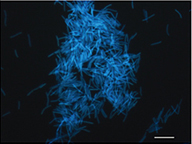
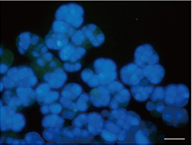
To effectively activate seafloor microbes, researchers developed a new cultivation method using a traditional water treatment reactor. The incubation was carried out with cores collected from seabeds (water depth: 1.180 meters) off Hachinohe, northern Japan, during the shakedown expedition of the Deep-Sea Drilling Vessel Chikyu in 2006,
The results saw a successful enrichment and subsequent isolation of marine subseafloor microbes, including methanogens, which are known to be extremely difficult to culture in vitro.
In this study, Methanogens belonging to the genera Methanobacterium and Methanosarcina were detected concomitantly with methane production, along with a variety of unknown bacterial and archaeal species. The results are expected to provide clues, not only to clarifying microbial activity and carbon cycling in subseafloor sediments, but also to developing "green" technology to convert atmospheric carbon dioxide (CO2) into natural gas.
Their work is published online in The ISME Journal on June 9.


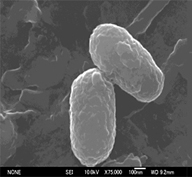
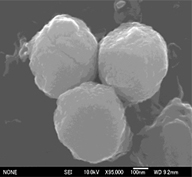
Marine subsurface sediments cover approximately 70% of the Earth’s surface crust. Subsurface sediments was found to be the largest biosphere on Earth because of a large population of Archaea widely distributed in sediments, even in the deep marine subsurface over 300 m below the seafloor. The result contributes to the better understanding of the least explored deep sub-seafloor biosphere as well as their adaptation to the low energy subsurface environments and the evolution of life on our planet.
This is reported in Nature (online) on July 20.














